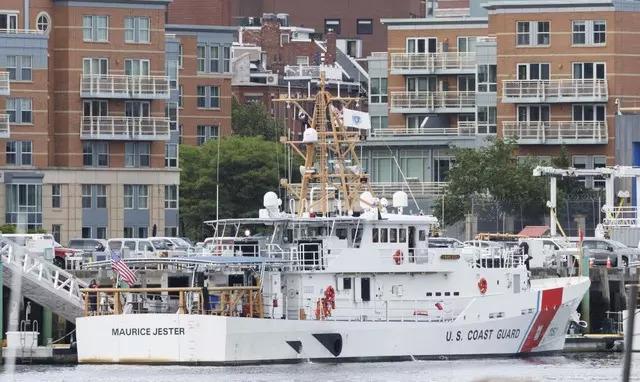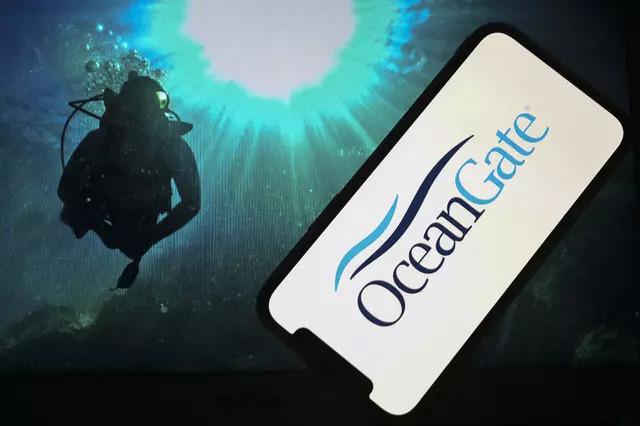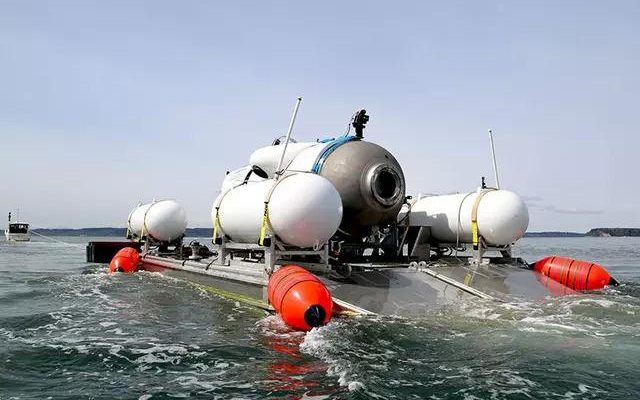While the search for the submarine, which was lost while on a touristic expedition to the wreck of the Titanic, which sank in 1912 in the Atlantic Ocean, continues, the oxygen of the passengers will run out at 14.00 in the afternoon. Two planes and a commercial ship participated in the efforts led by Boston Coast Guard teams to find the submarine that was lost in the Atlantic Ocean on June 18.
SUBMARINE WORKERS SAID NOT SAFE…
Two former OceanGate employees have separately raised safety concerns about the thickness of the hull of the now-lost Titan submarine when they were hired by the company years ago.
David Lochridge, the company’s former director of maritime operations, claimed in a court filing that he was unfairly fired in 2018 for raising concerns about the safety and testing of Titan, which disappeared Sunday with five people on board during a trip to view its wreckage.

The company then fired and sued Lochridge and his wife in 2018, alleging that he shared confidential information, misused trade secrets, and used the company for immigration aid, and then fabricated a reason to be fired.
Lochridge also filed a counterclaim.
The lawsuit says Lochridge expressed concern that the Titan’s hull did not undergo non-destructive testing to check for “delaminations, porosity, and gaps with adequate adhesion of the adhesive used due to the thickness of the hull.” When Lochridge brought the subject up, he was told that no equipment was available to carry out such a test.

THAT LETTER COME OUT: “CAUSES A MINOR DISASTER…”
A letter sent to OceanGate by the Marine Technology Association (MTS) in March 2018, deciphered by the New York Times, reads that “The current ‘experimental’ approach adopted by OceanGate … could have negative consequences (up to a minor disaster)”.

DID THIS EVENT OCCUR DUE TO THE QUALITY OF THE MATERIAL?
It was claimed that the submarine was built from an unusual material.
At the University of Portsmouth, Dr. “Typically, the part of the deep-sea craft that houses the people is in the form of a titanium sphere about 2 meters in diameter,” said Nicolai Roterdam.
Carbon fiber is cheaper and extremely strong than titanium and steel, but needs extensive testing for deep-sea vessels. This did not apply to the missing submarine. The required tests were not provided.
“Carbon fiber has been used successfully in yachts and aviation, but not in crewed submarines,” Rush Stockton, OceanGate’s CEO, told Oceanographic last year.
